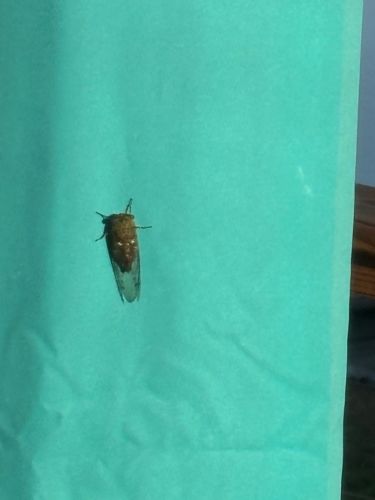Cicada
Scientific Name: Cicada (various genera within Cicadidae)
Order & Family: Order: Hemiptera, Family: Cicadidae
Size: Typically 2.5 to 5 cm (1 to 2 inches) in length, though some species can be larger or smaller.

Natural Habitat
Cicadas are found in diverse habitats, primarily temperate and tropical forests, woodlands, and grasslands where there are trees or woody vegetation for both nymphal development and adult feeding/egg-laying.
Diet & Feeding
Cicadas are herbivorous. Nymphs feed on the xylem fluid from the roots of trees and woody plants. Adult cicadas may also feed on xylem fluid from plant stems and branches.
Behavior Patterns
Cicadas spend most of their lives as nymphs underground, feeding on tree roots. After a period that can range from 2 to 17 years (depending on the species), nymphs emerge, molt into winged adults, and focus on reproduction. Males produce loud calls (singing) to attract females. After mating, females lay eggs in slits cut into tree branches. Adults typically live only a few weeks.
Risks & Benefits
Potential Risks: While generally harmless to humans, mass emergences can be noisy and may cause some aesthetic damage to young or ornamental trees due to egg-laying slits. They do not bite or sting people. Potential Benefits: Cicadas are an excellent food source for many animals including birds, mammals, and other insects. They help prune trees by laying eggs in branches, which can lead to \"flagging\" (dieback of branch tips). Their tunneling activity as nymphs can help aerate soil.
Identified on: 8/16/2025